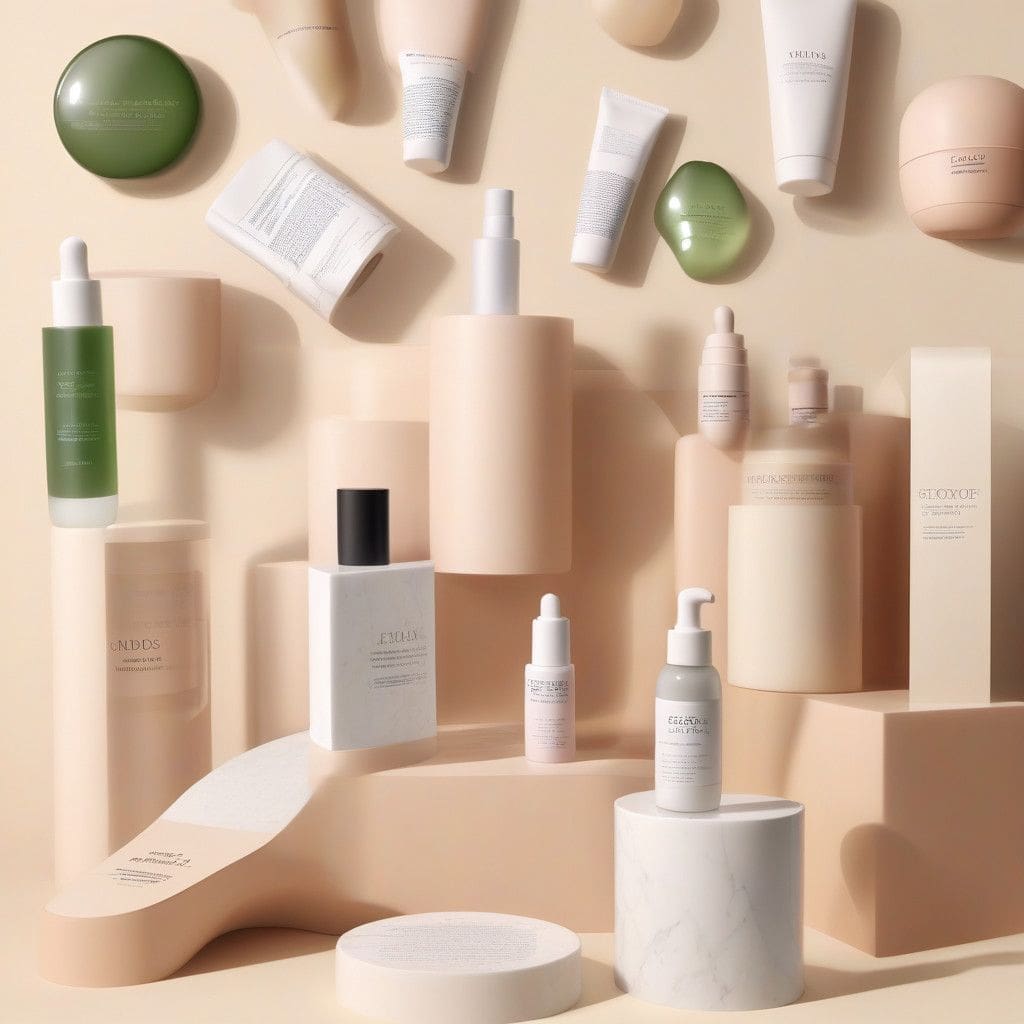The skincare industry thrives on promises and claims that speak directly to consumer desires for effective results. In an age where the consumer is more informed than ever, the challenge for brands lies in delivering credibility alongside compelling narratives. However, the paths to substantiating these claims can vary wildly in terms of integrity and accuracy.
A growing body of research indicates that the efficacy of skincare products significantly influences consumer purchasing decisions. A survey conducted by Circana reveals that 92 percent of consumers prioritize results when selecting skincare products. Yet, surprisingly, only 49 percent pay close attention to specific claims made by brands. This discrepancy raises essential questions about what consumers understand and trust when it comes to marketing assertions.
The proliferation of skincare products has led to an explosion of claims, from Tatcha’s assertion that its Dewy Skin Cream “instantly plumps with 3x hydration” to Drunk Elephant’s C-Firma Fresh Day Serum, which promises to “diminish the appearance of signs of aging.” These assertions often rely on clinical studies for validation, which, if credible, can significantly enhance a product’s allure.
Yet, the landscape of skincare claims is marred by inconsistency. Most of these claims are generated by third-party testing organizations that conduct studies and produce white papers for skincare brands as a business service. Unfortunately, there is no universal standard for efficacy testing. This absence allows brands to choose their testing methods, resulting in studies that may use small sample sizes or lack control groups, ultimately affecting the reliability of their conclusions.
The financial aspect is another layer to this narrative. Clinical studies, the gold standard of efficacy verification, can cost brands from tens of thousands to hundreds of thousands of dollars. For instance, a clinical trial could involve a four-week observation period with 30 subjects, costing up to $25,000 per product. Conversely, more affordable consumer perception studies can be conducted for as little as $10,000 but come with a higher risk of bias, as they rely on subjective consumer feedback rather than objective measurements.
This confusion is not lost on consumers, many of whom are unable to discern what differentiates a robust claim from one steeped in ambiguity. The reality is that few consumers fully understand the differences among testing types, leading many to disregard claims altogether. As Liz Whitman, a beauty executive and founder of the clinical-grade skincare brand Exponent, points out, “Consumers aren’t aware of the differences. It’s not their fault, I’m sure they would, but it’s just all so designed to be confusing.”
The lack of standardization in testing methodologies means that brands can claim efficacy based on less rigorous or even skimped studies. For example, some brands may base their claims on tests conducted on raw ingredients rather than finished products, leading to misleading advertisements, such as “Contains rareberry, clinically proven to…” without evidence of the actual product’s performance.
Interestingly, these claims are especially significant for emerging brands attempting to carve out their niche in a saturated market. Startups are increasingly finding that investments in credible testing can pay off by boosting consumer trust. For example, Tower28, which is marketed for sensitive skin, undertook multiple tests to substantiate its claims, particularly because the founder, Amy Liu, built the brand on the premise of delivering on such promises.
On the other hand, legacy brands like CeraVe leverage greater resources to tailor their testing for each product. They often collaborate with third-party organisations like RBC Consultants, ensuring that their claims hold water. Nada Baalbaki, global scientific director at CeraVe, noted that their claim validation processes are extensive, helping fortify brand reliability among consumers.
As consumer sophistication grows, so does the demand for transparency and accountability in skincare claims. Many consumers are likely to become discerning shoppers who seek products backed by clear, credible evidence. This transition signals an important shift in the market dynamics, indicating that brands must work harder to prove their claims genuinely fulfill their promises.
As more consumers demand actions over words, the future will rely heavily on the importance of trusted claims backed by rigorous testing. The skincare landscape may be complex now, but a commitment to integrity in product claims can pave the way for brands to thrive amidst consumer skepticism.












